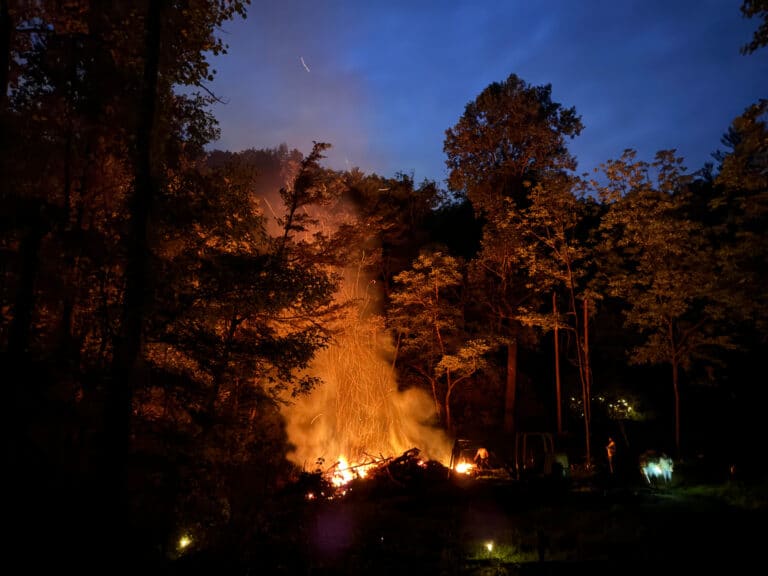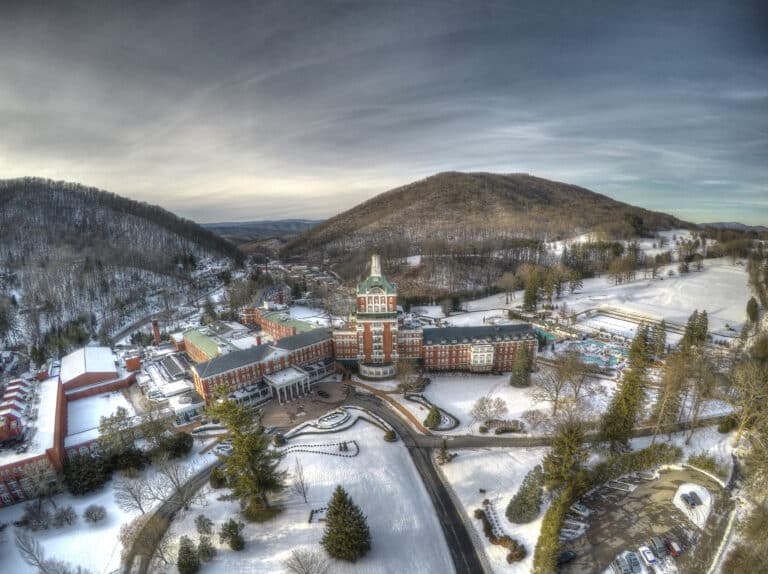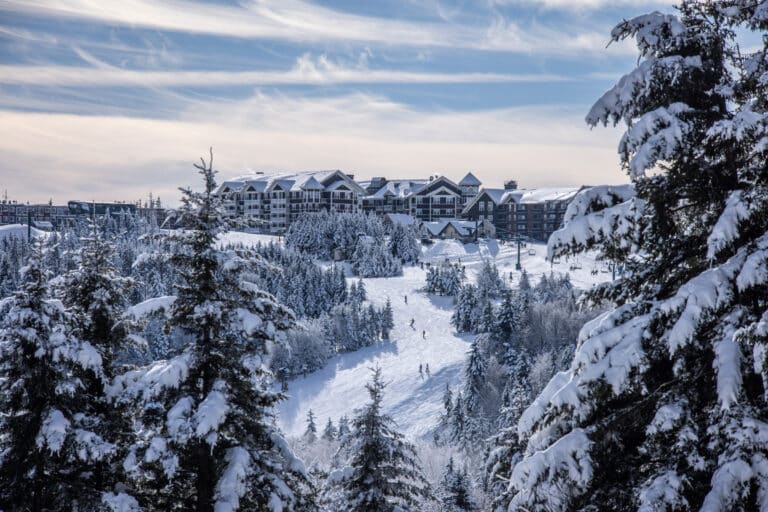Dear EarthTalk: I’m sure there are many good environmental reasons to build a rooftop garden. Can you enlighten? And also I’d like to know how to go about creating one and whether or not some municipalities might offer incentives to do so. — Linda, via e-mail
Indeed there are many good reasons to build a rooftop garden, or a so-called “green roof”—whereby layers of soil and plants on top of homes and buildings provide a host of environmental “services” for the living space below as well as for the surrounding ecosystem. Unlike traditional roofs, green roofs thrive on (and filter) precipitation, decreasing the amount of pollution-laden stormwater run-off draining into our waterways. And thanks to the process of photosynthesis, the plantings create oxygen, cleanse the air and absorb carbon dioxide before it gets into the atmosphere and adds to our global warming woes.
Green roofs also provide insulation: All those layers of organic material help keep a structure warm in the winter and cool in the summer, and help cut energy use and costs. Migrating birds and other wildlife have been known to take a shine to green roofs, especially in urban areas where natural habitat options are limited. Likewise, homeowners and building residents tend to view their green roofs as oases of peace and tranquility within otherwise noisy and concrete-laden urban environments.
According to Green Roofs for Healthy Cities, a nonprofit industry association, green roofs are gaining popularity. North Americans added some 3.1 million square feet of them to their buildings in 2008 alone—up 35 percent from 2007. Part of the uptick can be attributed to increasing awareness of the benefits of green roofs among urban planners, building owners and managers, and homeowners, all who have pressured policymakers to ease the burden of zoning and permitting for such beneficial projects.
Chicago now sports some 535,000 square feet of green roofs—the most in North America. Other leading lights in the green roofs movement include Washington, DC, New York City, Philadelphia, Baltimore, Montreal, and Vancouver, British Columbia. Dozens of smaller cities have also embraced green roofs. Grand Rapids. Michigan sports some 75,000 square feet of them, and Princeton, New Jersey and Newtown Square, Pennsylvania each play host to 50,000 square feet citywide. Inquiring at city hall is the best way to see if your city or town offers incentives for creating a green roof or greening an existing one.
Relief for the costs of installing a green roof might be on the way from the federal government. As part of the Clean Energy Stimulus and Investment Assurance Act she authored earlier this year, U.S. Senator Maria Cantwell (D-WA) is calling for residential and commercial property owners who install green roofs or retrofit existing roofs to recoup 30 percent of their costs in the form of a federal tax credit.
Do-it-yourselfers will find a treasure trove of information on how to create and install a green roof at the website Greenroofs.com. The site’s keyword-searchable directory offers links to manufacturers of kits to make installing your own green roof that much simpler, as well as to professional installers across North America and groups working on urban greening issues.
CONTACTS: Green Roofs for Healthy Cities, www.greenroofs.org; Clean Energy Stimulus and Investment Assurance Act, www.govtrack.us/congress/bill.xpd?bill=s111-320; Greenroofs.com, www.greenroofs.com.
SEND YOUR ENVIRONMENTAL QUESTIONS TO: EarthTalk, P.O. Box 5098, Westport, CT 06881; [email protected]. Read past columns at: www.emagazine.com/earthtalk/archives.php. EarthTalk is now a book! Details and order information at: www.emagazine.com/earthtalkbook.







